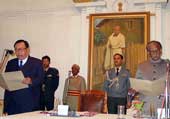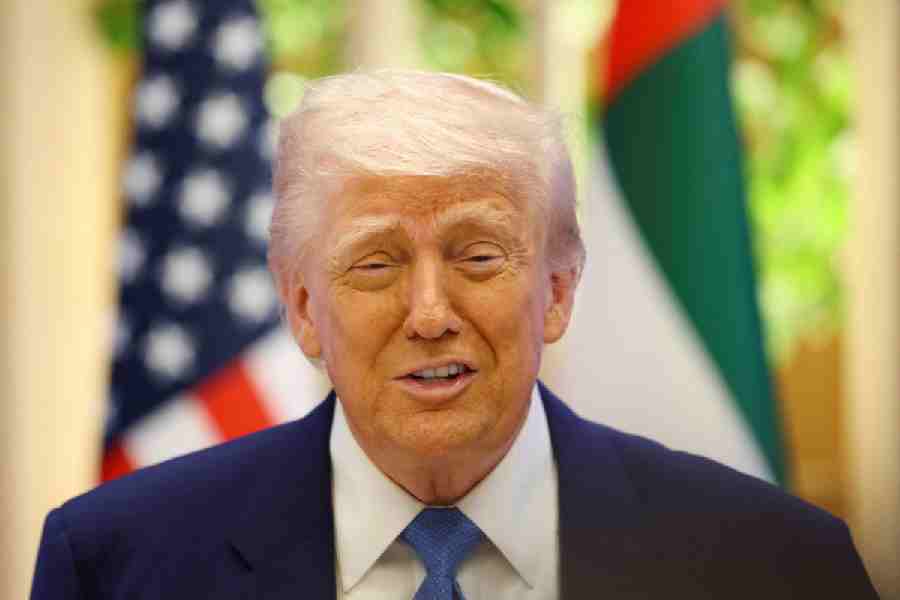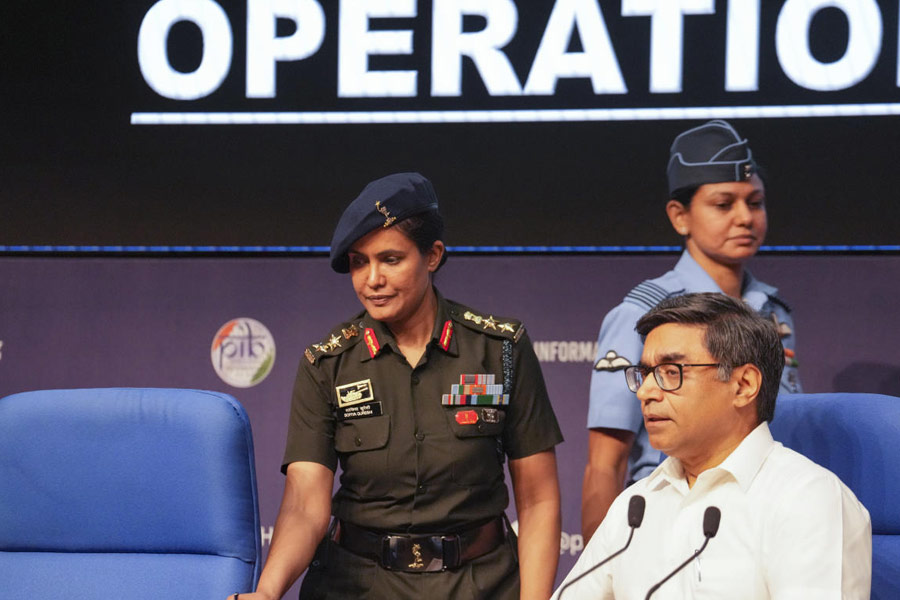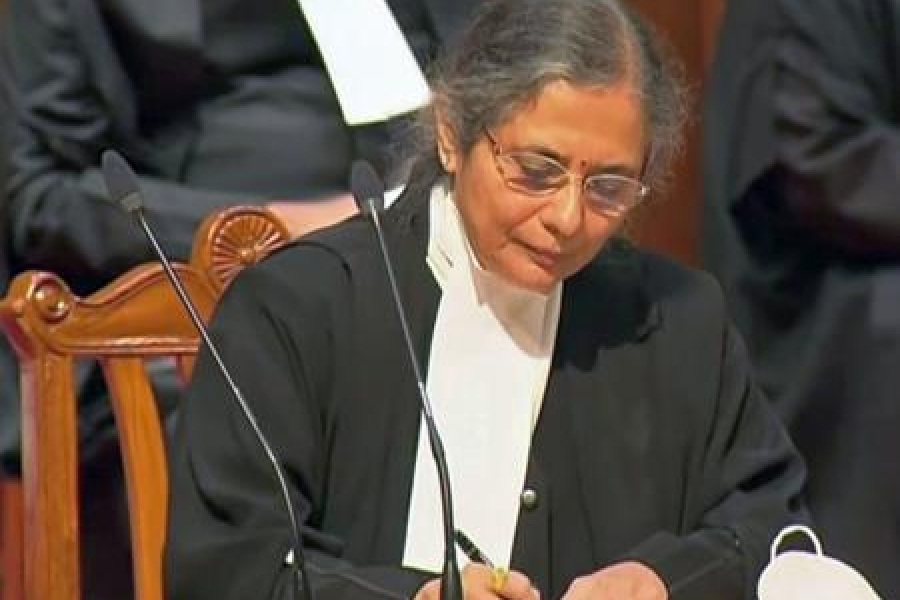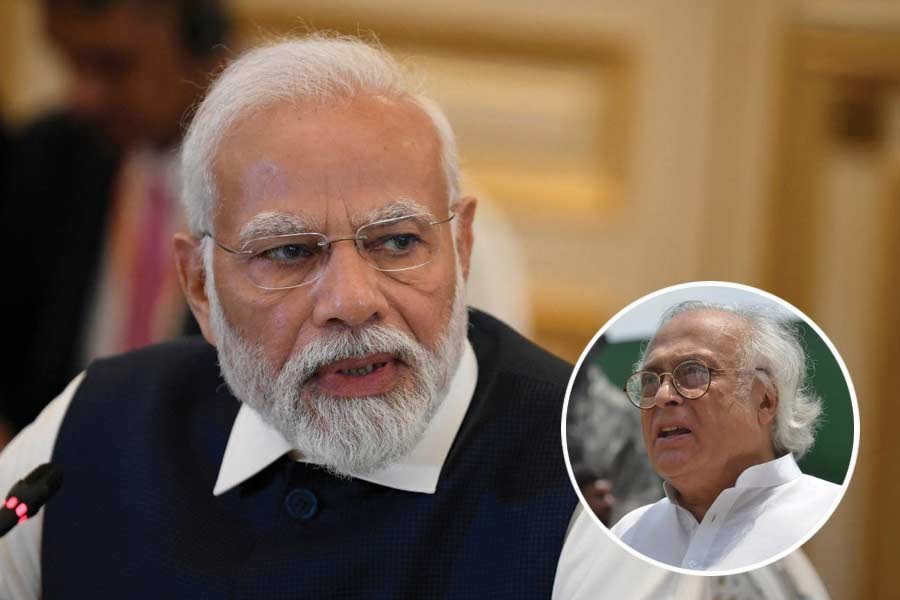|
|
| D.D. Lapang: cool progress |
A new Congress-led coalition government, the Meghalaya Democratic Alliance, has been sworn into the seventh assembly in Meghalaya. But it is still early in the day to predict whether this government, which appears to be a bundle of contradictions, will last the full five-year term.
The MDA comprises the Congress, four regional parties and independents and has a total strength of 40 in a house of 60 legislators. There are 38 ministers in the new dispensation under the leadership of the chief minister, D.D. Lapang. What is interesting, however, is the fact that the Congress, which has 22 legislators, is sharing power with parties like the United Democratic Party and other regional parties which were conceived to counter Congress policies. The last few years have seen dramatic changes in Meghalaya, with parties who never saw eye to eye with the Congress, now eating from the same pie. What could be the reason for this change?
There are many reasons, but as of now, only one comes to mind — to keep the little magician of Meghalaya politics, Purno Agitok Sangma, and his party, the Nationalist Congress Party, out of power and thereby pour cold water on Sangma’s “toppling games” — at which he excels like none other.
The Purno Sangma threat has led to some interesting permutations in Meghalaya this time. For instance, one could never imagine seeing the likes of the young student leader-turned-politician, Paul Lyngdoh, or, for that matter, the veteran Hopingstone Lyngdoh, sitting together with Congress legislators, especially the chief minister, Lapang, against whom they had waged many a battle — at times very personal ones. But this is perhaps the uncertainty — or should we say the uniqueness — of politics and politicians in the state of Meghalaya. Last time, every single politician, barring three Bharatiya Janata Party legislators and a Garo National Council legislator, jumped onto Purno Sangma’s bandwagon in order to ensure that the tainted UDP president, E.K. Mawlong, was removed from chief ministership.
The Congress, which was maintaining a safe distance from the NCP, had happily jumped at the offer and played second fiddle to the NCP and F.A. Khonglam. Happiest of the lot was Lapang, as he had never expected these dramatic developments after the Meghalaya House, Calcutta controversy. For him it was a blessing in disguise to be in power as deputy chief minister, for he knew that his poll prospects were gloomy and the only way to win the electoral battle from his constituency was by extracting maximum mileage from being in power. That is exactly what happened and Lapang not only proved his detractors wrong, but also returned as chief minister, a dream he has been nursing for quite a while.
However, in all fairness, Lapang must be given his due for making things happen, not just during the elections, but after it as well. Purno Sangma, always looking for an opportunity to cobble together a coalition, nearly succeeded in engineering a split in the MDA soon after its formation. But Lapang kept his cool and thus managed to keep his ship afloat as well. What may have worked for Lapang and not for Purno Sangma is the fact that almost all regional parties walked out on the NCP at a time when it needed them the most.
The surprising package, both pre- and post-assembly polls, was the emergence of the Khun Hynniewtrep National Awakening Movement as a major force. But what baffled everyone and hit all political equations for a six was the KHNAM’s decision to support the Lapang government. The KHNAM, which is a political wing of the Khasi Students' Union, had been at loggerheads with Lapang and the Congress for a long time. Only last year, Lapang and the former chief minister, F.A. Khonglam, had announced their decision to form a “special cell” to monitor the activities of the KHNAM, which they claimed was a party to alleged extortions by the KSU. In reply, the KHNAM-KSU combine had accused Lapang and Khonglam of being corrupt and had slammed murder and rape-attempt charges on Lapang. Not that the KHNAM leader, Paul Lyngdoh, and Lapang have submerged their differences now; they are merely on the same side of the line.
What perhaps made the KHNAM, which won two seats, join the MDA is the fact that the NCP, which won 14 seats — 13 of them from the Garo Hills — does not have any Khasi representative. Lyngdoh has been clear about one thing — the KSU’s demands, especially on reservation, which has been a bone of contention between the Khasi and Garo communities. Lyngdoh has, without reservations, said that joining the government was one way to take up the KSU demands inside the corridors of power where Khasis and Garos are almost equally represented. The KHNAM is fully aware that while it would be difficult to push through its agenda in an NCP-led government, the Congress would be more flexible.
Lyngdoh, who has been made minister of sports and youth affairs, is already feeling the pressure of politics, which he admits is “a different ball game”. While the young student leader-turned-politician may justify his decision, this being his first step into politics, the decision of the Hill State Peoples’ Democratic Party chief, Hopingstone Lyngdoh, to be in the MDA was unexpected. This veteran politician, who has been a part of the statehood struggle, has always maintained his own identity and more often than not preferred to sit in the opposition rather than join hands with the Congress.
His role in the opposition has had a telling effect on many a government in the past and he is known for his integrity and commitment to his principles, no matter what. Those who have worked closely with Bah Hopingstone, as he is lovingly called, feel that the veteran leader wants to settle scores with Purno Sangma for sidelining his party in the previous government. The other reason could be that Khonglam has succeeded in influencing the HSPDP into submission before the Congress so that he could be in power, even if it meant that he would have to be content with the tourism portfolio.
With hindsight, the developments over the last five years in Meghalaya can be seen as the decay of what was set in place by stalwarts like Williamson Sangma, B.B. Lyngdoh and others. Politics these days need not underwrite ideologies. There perhaps cannot be stranger bedfellows than the UDP and its breakaway Meghalaya Democratic Party — but the two are together in the MDA and have no regrets whatsoever.
After all, the saying, which everyone believes, or rather clings to, is that in politics everything is possible and in politics there are no permanent enemies or foes. This may hold true one day and not the other. The NCP state unit president, Robert Kharshiing, who is also the Rajya Sabha member of parliament from Shillong, would like to prove its truth. He has been toying with the idea of an “all party government” with which he is aiming to experiment one day, notwithstanding the fact that in a healthy democracy you always need a healthy opposition and it is not all about power.
But then who knows which way the wind turns in Meghalaya? It is very difficult to predict and it would not be surprising to see the jumbo ministry swell in the days ahead, if the NCP decides to join hands with the Congress.
For now, Lapang and his ragtag band are treading carefully so as not to bump into the road blocks that have been left behind by Purno Sangma, who is always looking for any opportunity that comes by. He has heard about simmering discontent within the coalition over power-sharing and is already rolling up his sleeves to try and pull out another trick. It matters little if he misses the target. After all, given the political situation in Meghalaya, which is always fluid, it is worth a try.

